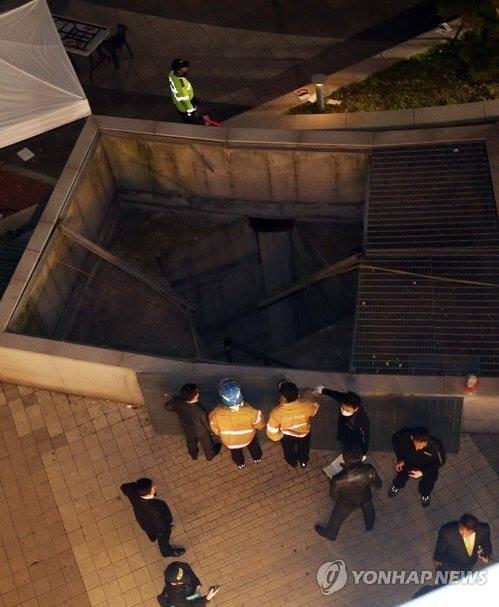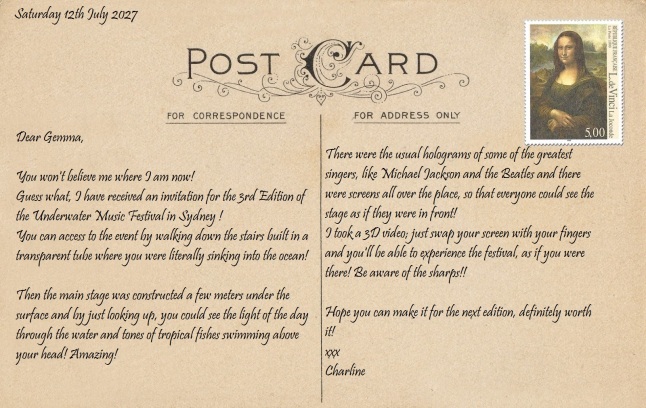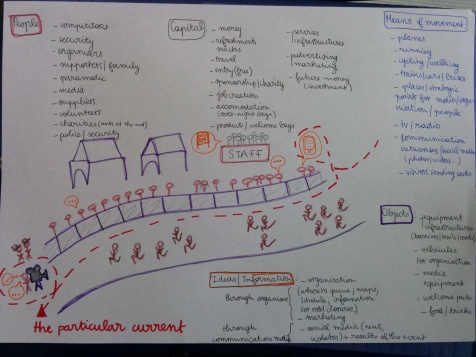
Created in 1992, the Vieilles Charrues festival (or Festival des Vieilles Charrues in French) is one of the famous music festivals organised in France. Its name means “festival of old ploughs” in English and this highlights its rural, original location. The first ‘event organisers’ wanted to have some entertainment in the countryside and simply chose a field as the main festival venue.
Nowadays, the festival has kept this tradition by keeping the same name and the location – in the countryside. It is held every year, at the end of July, near Cahaix, situated in the middle of Brittany.
Being often associated to the Glastonbury Festival (by being cheaper and more accessible for French event goers for example), it represents the fun and crazy aspect of summer holidays and attracts around 250,000 visitors each year [number from the official website].
The schedule usually plans live music for 4 days (Thursday-Sunday), from the afternoon until late. The artists are a mix of international stars (such as Elton John for the 2014 edition) but also local ones.
One of its goals is to revitalize this remote part of France, considered as having the worst weather and being quite far from the capital and touristic areas. The tourism activity created by this music festival influences the surrounding cities which can benefit from the visitors’ comings. It also enables to promote local economic activity in terms of professionals and suppliers, as well as revitalizing the countryside and rural areas in Brittany.
More than being a music festival, the values it represents also engage the participants to create a more sustainable world, with a focus on reducing waste (the organisers created a contest with great prices to be won, like gift boxes!) and on charity institutions.
This event is now a real ‘booster’ of the Brittany economy and tourism and will surely keep growing as its popularity seems not to be decreasing!
Here’s a quick video in order to see how it looks like (probably, very similar to Glastonbury… but with a French touch?)
Source: Zissu, 2014.
Official website (in French) : Vielles Charrues, 2014.
Official article (in English) : France.
SOURCES
Cartes 2 France (2015) Mairie de Carhaix-Plouguer. Available from: http://www.cartes-2-france.com/mairies/29024-mairie-carhaix-plouguer.php [Accessed 20 November 2014].
France (no date) The Festival des Vielles Charrues. Available from : http://www.france.fr/en/celebrations-and-festivals/festival-des-vieilles-charrues.html [Accessed 20 November 2014].
Vielles Charrues (2014) Les Vielles Charrues 2014. Available from: http://www.vieillescharrues.asso.fr/2014/ [Accessed 20 November 2014].
Zissu, S. (2014) Vielles Charrues 2014. Vimeo. Available from: http://vimeo.com/105871921 [Accessed 20 November 2014].


 way of living was the Japan Expo in Paris.
way of living was the Japan Expo in Paris. (Image source: Noveir, 2014)
(Image source: Noveir, 2014)